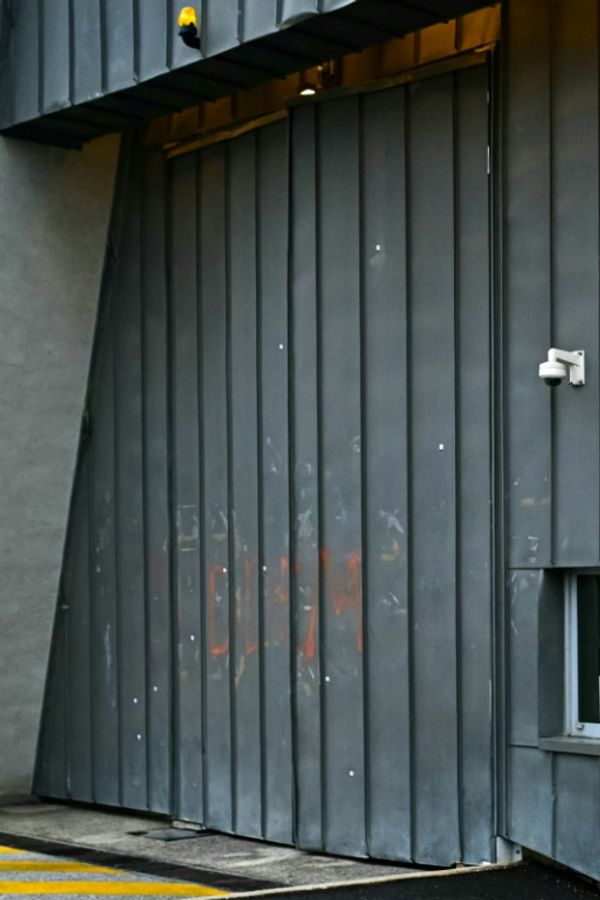With less than a week until the MLB trade deadline, it’s time to analyze some of the most frustrating teams of the season.
After hitting the Mets on Wednesday, it’s time to move on to the Padres.
What’s their deal?
At a glance, San Diego’s issues aren’t necessarily obvious. The Padres’ +51 run differential is third best in the NL. (Only the Braves and Dodgers have outscored opponents by more.) Both their pitching (109 ERA+) and hitting (105 OPS+) have stayed above average at a team level. After a slow start to the year, Juan Soto looks like his typical self, yet again having one of the best offensive seasons in baseball. And while there’s been some degree of underperformance from his fellow star position players—Fernando Tatis Jr., Manny Machado and Xander Bogaerts—all have still been steady, productive contributors. Meanwhile, Blake Snell is leading the rotation with a tremendous campaign, and Josh Hader is having perhaps his best season yet as the most effective closer in MLB.

Gregory Bull/AP
All of which seems like it should translate to a winning season! Yet it hasn’t. Instead, the Padres haven’t been over .500 since May 10. It’s true there are some clear weak spots here. Outside of Hader, the bullpen has been shaky and inconsistent. There’s a lack of depth. Hitters like Jake Cronenworth and Matt Carpenter have gone through dreadful stretches. But, again, San Diego has still been solidly above average all over the field. (Look at that run differential!) The Padres have their problems, certainly, but the biggest might simply be that they’ve been incredibly unlucky. They’ve been unusually bad in one-run games (6–17) and even worse (0–9) in those that go to extra innings.
That would sting no matter the context. But especially on a team with extremely high expectations set by an owner committed to (and invested in) winning.
How far have they fallen?

Courtesy of FanGraphs
The NL West is tough, but San Diego’s investment in its roster this winter made it the preseason favorite. (The Padres started the year with 85% playoff odds compared to the Dodgers’ 72%.) But they’ve been on a downward tumble ever since.
Their chances are still better than you might expect for a team that hasn’t had a winning record in more than two months. That’s due partially to how the odds weight run differential and partially to the remaining strength of schedule. (The Padres have a relatively weaker set of opponents down the stretch, while the Giants, one of their main rivals for a wild-card berth, have one of the strongest.) But their chances still aren’t good. Does that mean they’ll sell off? It’s … complicated. Snell and Hader are both impending free agents, and in what looks like an especially promising sellers’ market for pitching, those two would instantly become some of the most attractive rental options available. But Padres general manager A.J. Preller is famously something of a wild card at the deadline. Owner Peter Seidler has made clear his interest in winning as much and as soon as possible. San Diego hasn’t tipped its hand on its deadline strategy either way, and that might be because the team isn’t inclined to sell unless it really, really has to.
What’s their most emblematic loss?
There have been 123 walk-off losses in baseball this year. Ignore for a moment, if you will, that walk-off losses are not the sort of statistic that gets distributed equally across the league, and see that it comes out to an average of four per team. And you know who has more than double that—nine walk-off losses!—tied for the most in MLB? Of course: the Padres.
(If that feels a bit surprising for a team with a closer as dominant as Hader—well, look at the rest of this bullpen.)
So which of those walk-off losses feels most representative? This June game against the Giants. Soto was 2-for-4 with two home runs. Machado and Tatis contributed hits; Ha-Seong Kim went 3-for-4 with a stolen base. Michael Wacha threw a quality start. (6.0 IP with two runs off four hits.) It was a game the Padres should have won. There was no logical reason for this one to slip away. It was a game the Padres were winning until the bottom of the ninth! And then, suddenly, they weren’t.
Which is the Padres’ season in a nutshell.







